Reunification Palace
Like Long Bien Bridge in Hanoi, Reunification Palace (formerly known as Independence Palace) has stayed in the mind of many generations of not only Vietnamese but also foreigners.
Location and History
The Reunification Palace, previously known as the Independence Palace, has a rich and colorful history since its completion. This landmark, recognized globally for its significance in 1975, remains one of the most visited attractions in Ho Chi Minh City, attracting thousands of domestic and international visitors each year.
The history of this notable building dates back to 1868 when La Grandiere, the Governor of Cochinchina, initiated the construction of the first colonial structure in the city. Apart from its historical importance, the palace is celebrated for its unique architectural style.
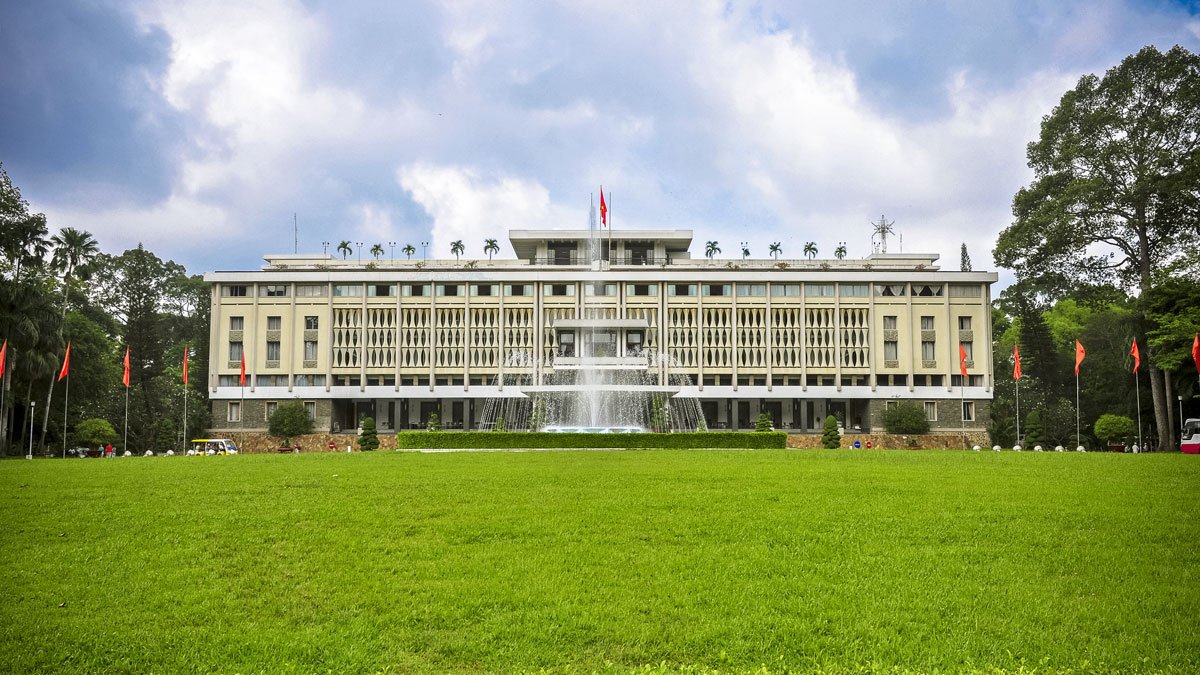 Photo: citypassguide.com
Photo: citypassguide.com
As of 2025, the palace is located at 135 Nam Ky Khoi Nghia Street, District 1, Ho Chi Minh City, situated conveniently at one end of Le Duan Street. It is bordered by Huyen Tran Cong Chua Street in the back, Nguyen Thi Minh Khai Street on the right, and Nguyen Du on the left.
A Witness of History
Visitors to the palace can explore numerous features across its grounds. The basement levels house an underground blast shelter, a war command room, a telecommunications center, and various war propaganda materials.
Other significant areas include a chamber with a capacity of over 500 people, which previously hosted cabinet meetings, and a library containing an extensive collection of books about former presidents. Additionally, the heliport on the rooftop stands out as a unique aspect of this landmark.
Outside, historical artifacts are on display, including the helicopter and the German Mercedes car used by former President Nguyen Van Thieu, as well as the M152A2 jeep utilized by the Revolutionary Forces to transport President Duong Van Minh to the studio where he surrendered to the Vietnamese government on April 30, 1975.
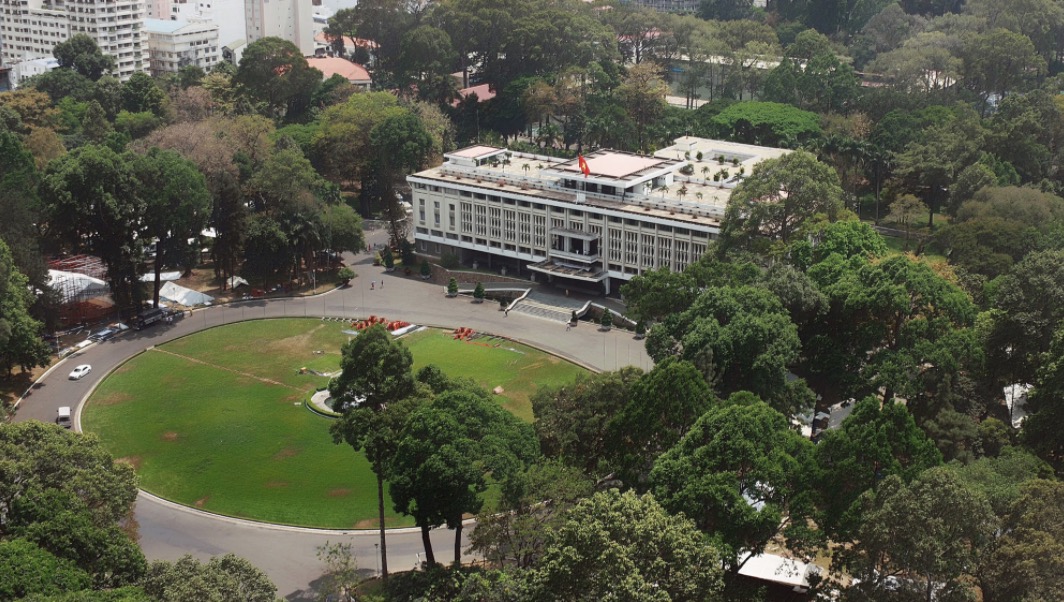 Photo by @Ducas Phạm
Photo by @Ducas Phạm
Throughout its existence, the palace has undergone several renovations. A major renovation took place from 1962 to 1963, during which time the President temporarily relocated his office to Gia Long Palace, now the Ho Chi Minh City Museum. The building witnessed significant political upheaval, marked by the turnover of several South Vietnamese presidents, culminating in 1975 when Vietnam was unified.
Visitor Information
As of 2025, visitors can utilize audio guides that provide informative insights about the Reunification Palace efficiently. The standard admission fee for adults is VND 50,000 (~USD 2.10), and it's important to note that no entries are allowed after 13:00 hours.
Useful Information
- Location: 135 Nam Kỳ Khởi Nghĩa, P. Bến Thành, Ho Chi Minh City
- Best for: Family, couple, solo
- Entrance: 40,000 VND
- Hours: 7:30AM - 5:00PM
- Distance to city center: 9.2km (5.7 mi)
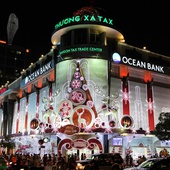
Thuong Xa Tax
Although the building was demolished in 2016, Thuong Xa Tax merits every mention when one talks of Saigon.
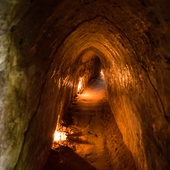
Cu Chi Tunnels
While visiting the War Remnants Museum gives you a theoretical glimpse of the Vietnam War, wandering around a small area of Cu Chi Tunnels, a popular tourist attraction in Vietnam, allows you to have real-life experiences
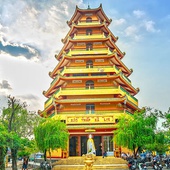
Giac Lam Pagoda
Built in 1744, Giac Lam Pagoda is one of the oldest pagodas in Ho Chi Minh city. Giac Lam Pagoda is located at 118 Lac Long Quan Street, Tan Binh District.








